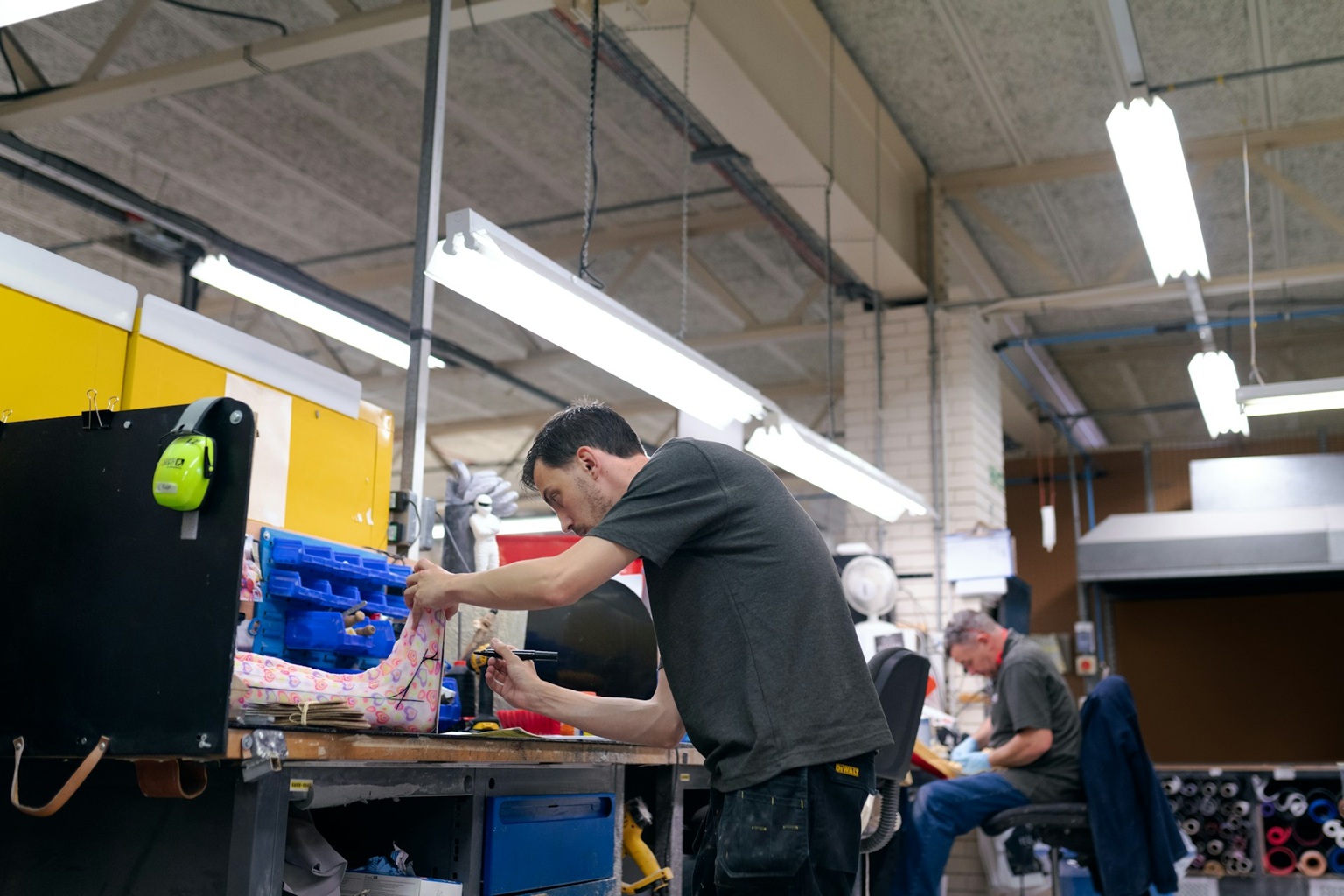
Why Supply Chain Issues Created an Artificial Christmas Tree Shortage?
December 23, 2021 - Emily Newton
Revolutionized is reader-supported. When you buy through links on our site, we may earn an affiliate commission. Learn more here.
Many people feel it’s not the holiday season until they put up their Christmas trees. Households often choose artificial trees for their celebration because they appreciate the convenience. There’s no need to water them or vacuum up fallen needles, for example. Plus, they save money in the long run by being reusable for years after the initial purchase. However, the manufacturers of these holiday items have frequently experienced many of the supply chain woes that affect other products. Here’s a closer look at what caused the christmas tree shortage this holiday season.
Artificial Trees Often Come From Far Away
One major aspect of the Christmas tree shortage affecting people who want artificial options is that such products are frequently made outside the country in which they’re sold. The longer journeys from the factories to the retailers can cause supply chain snags.
Balsam Hill is a premium artificial tree brand that relies on importing much of its inventory from Asian and European countries. As reported in a November 2021 article, founder and CEO Mac Harman said, “The last I heard, … 43% of our stock of trees has arrived in the United States. We would want to be over 70%.”
He continued, “We have a catalog that’s going out right now, and we have about 60% of the items that are in the catalog available for sale — and 40% of the items that we’re spending money [on catalogs] to share with our customers, they can’t even buy right now because they haven’t come in yet.”

Higher Prices and Power Cuts Cause Christmas Curbs
Yiwu, China, is one of the world’s biggest manufacturing hubs of Christmas decorations, including artificial trees. Statistics show that 80% of Chinese-made holiday products come from there. Plus, 45% of the output goes to the United States. However, many Yiwu producers spoke of ongoing issues that hurt their output and bottom lines.
Chen Jing owns a factory there that primarily produces Christmas trees and lights. He said he’d raised his prices by more than 10% since June. Plus, power cuts forced him to reduce production to just three days per week in October.
Similarly, Lyu Xiaofeng owns a wholesale Christmas tree store. He reported that the prices for steel have nearly doubled over 2020’s levels, making it harder to source the materials for artificial tree trunks.
Reports elsewhere indicated a recent surge in PVC prices of more than 70%. PVC has been a popular material for artificial Christmas trees since 1980. That’s largely due to how it gets used to create realistic-looking pine needles and has flame-retardant properties.
Transportation Troubles Exacerbate Issues
Higher prices arise even after the trees are manufactured, too. That’s particularly true as importers try to secure the containers necessary for receiving their goods. Nathan Gordon is the president of Christmas Central, which primarily sells holiday goods, including artificial trees, online.
He spoke of the difficulties many importers often face trying to book shipping container space, saying, “It’s become almost a full-time job trying to find the best price you can get and getting the space.” He also said he sometimes pays $22,000 per container now, whereas it was a much lower $3,500 last year.
Ground transportation issues can cause Christmas supply chain challenges, too. Projections indicate there could be as many as 160,000 unfilled truck driver positions in the next decade. However, Timothy Brown, managing director for the Supply Chain and Logistics Institute at Georgia Tech, sheds light on why the shortage is already happening.
“The cost of fuel, shortage of containers, and lack of drivers are huge barriers in getting these goods to consumers,” Brown stated, before explaining that a variety of factors make truck-driving a less appealing career path. For example, backups at ports limit driver productivity, cutting into the money they earn. Additionally, many drivers are retiring early or deciding to focus on gig-style work that gives them more flexibility.
Once a tree reaches the retailer, shoppers don’t necessarily have to wait to have it delivered to their doorsteps. The Home Depot and Lowes are two well-known retailers that let consumers search for in-stock artificial Christmas trees at nearby stores and pick them up there. That doesn’t solve all the logistical issues that could affect a Christmas tree before that point, though.
A Reminder to Buy Earlier When Possible
Logistics professionals are well aware of all the stages merchandise must go through before it reaches store shelves. However, many consumers aren’t, and they may not grasp the magnitude of the Christmas tree shortage.
Statistics collected in 2020 by the American Christmas Tree Association showed that 75% of American households, representing 94 million residences, would have holiday trees. Additionally, 85% of those decorations are artificial. Those data points give a strong reminder of ongoing demand for trees. The numerous supply chain problems discussed so far won’t change how people want and expect to have these items in their houses.
Recently, many individuals started putting up their trees much earlier than usual, too. Instagram profiled a 2020 trend where people made them part of their autumn decor, putting things like dried flowers and mini pumpkins on them.
Doing things earlier in 2022 and beyond could give better results to importers, retailers and manufacturers who need to purchase container space, merchandise or raw materials for artificial Christmas trees, too.
The Artificial Christmas Tree Shortage Is Real
This overview emphasizes why the shortage of artificial Christmas trees is not mere media hype. It’s a genuine problem that will affect people in numerous ways depending on their supply chain position.
Manufacturers will likely review their profits for this period and find them not as high as they’d hoped. On the retail side of things, sales associates will have more instances where they have to recommend alternative trees to people who find the ones they wanted to get are not in stock and may not arrive before Christmas.
Finally, customers had to content themselves with different sizes, styles or colors of artificial trees. People have also gotten creative and made decorations that look similar to Christmas trees by using ladders, tomato cages and even birch branches to make do with what they have.
How are you celebrating this holiday season?
Revolutionized is reader-supported. When you buy through links on our site, we may earn an affiliate commission. Learn more here.
Author
Emily Newton
Emily Newton is a technology and industrial journalist and the Editor in Chief of Revolutionized. She manages the sites publishing schedule, SEO optimization and content strategy. Emily enjoys writing and researching articles about how technology is changing every industry. When she isn't working, Emily enjoys playing video games or curling up with a good book.






